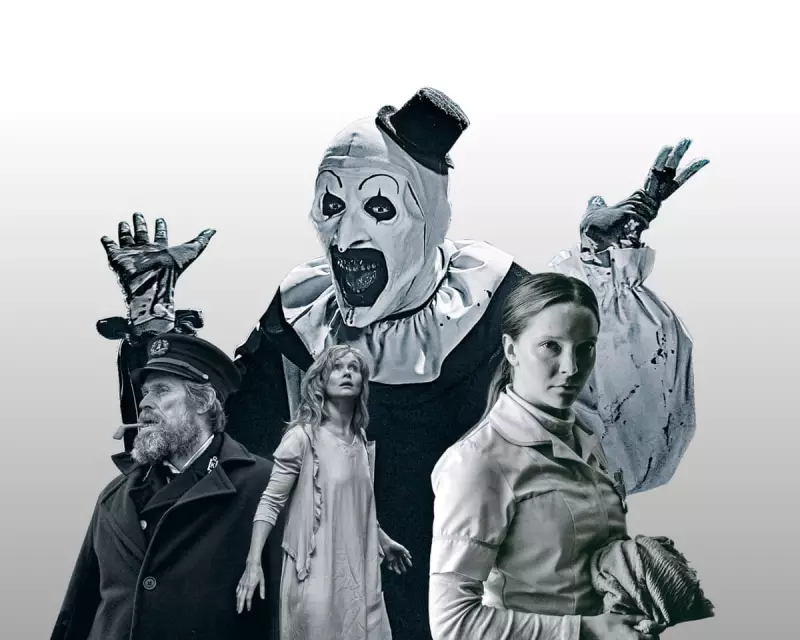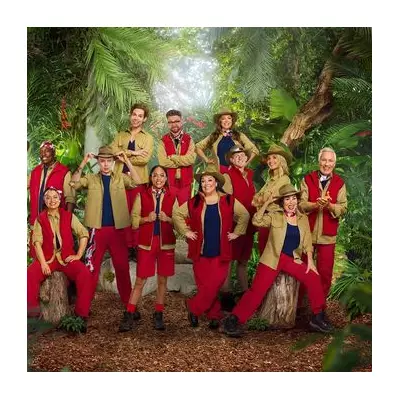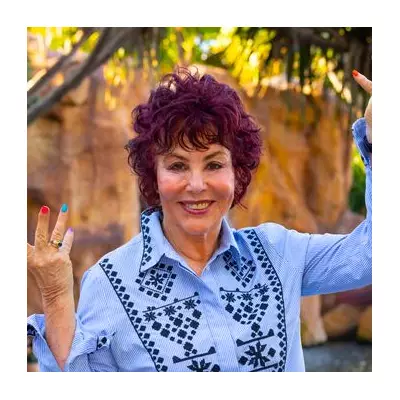
The landscape of modern horror is undergoing a profound transformation, led by visionary directors who are pushing the genre into thrilling new territories. From psychological mind-benders to socially conscious terror, today's horror auteurs are proving that fear can be both intellectually stimulating and deeply unsettling.
The Masters of Modern Dread
Jordan Peele, whose groundbreaking work includes Get Out and Nope, continues to redefine what horror can achieve. His unique blend of social commentary and genuine terror has created a new template for filmmakers seeking to combine entertainment with meaningful discourse.
Robert Eggers, known for his historically rich nightmares like The Witch and The Northman, brings a different approach entirely. His meticulous attention to period detail and folklore creates an authenticity that makes the supernatural feel terrifyingly real.
The Rising Female Voices
A significant shift in the horror landscape comes from the emergence of brilliant female directors who are bringing fresh perspectives to the genre. Jane Schoenbrun's I Saw the TV Glow explores identity and nostalgia through a haunting lens, while Rose Glass follows her critically acclaimed Saint Maud with the highly anticipated Love Lies Bleeding.
French director Julia Ducournau, who took the genre world by storm with Raw and Titane, continues to challenge audiences with her boundary-pushing visions of body horror and transformation.
What Makes Modern Horror Resonate?
These directors share a common thread: they understand that the most enduring horror taps into real human anxieties. Whether exploring social injustice, personal identity, or existential dread, their films connect with audiences on a deeper psychological level.
The evolution of horror reflects our changing world, with filmmakers using the genre to examine contemporary fears in ways that are both entertaining and thought-provoking. As these directors continue to innovate, they're ensuring that horror remains one of cinema's most dynamic and relevant art forms.





